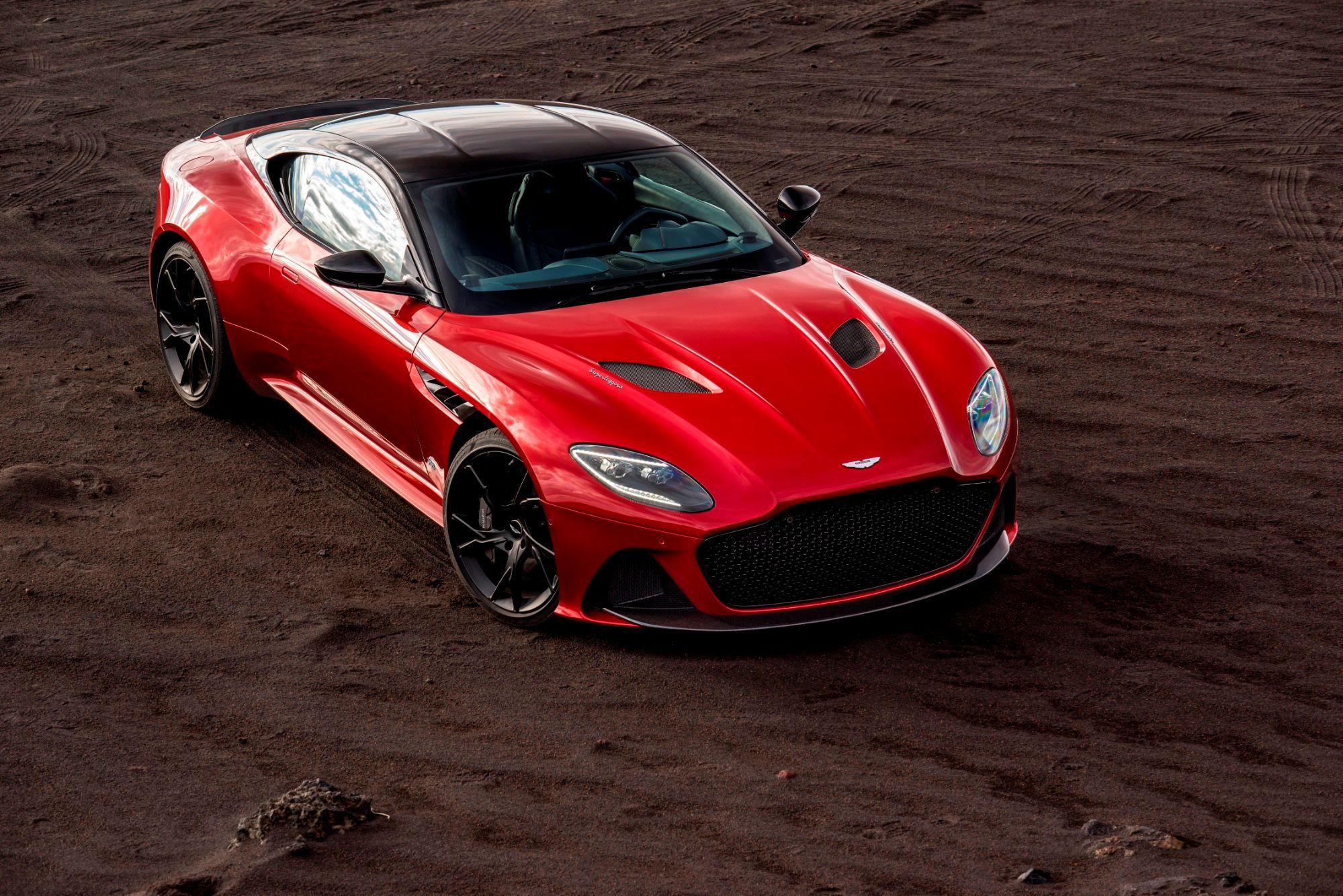
In the late '80s and early '90s, Europe's premium carmakers could all offer you something truly tantalizing. Porsche had the wondrous 964 Turbo, Mercedes the graceful R129 600SL, and BMW the 850i. All were technological tour de forces, utilizing cutting edge technology to garner the most amount of power possible.
At the time, Aston Martin couldn't match its German rivals for innovation or research and development. In 1989, the brand had introduced the Virage, and, with its 330-horsepower 5.3-liter V8, it couldn't match its German competition. That all changed in 1992, though, when the Gaydon-based brand set about creating something truly special.
Courtesy of the brand's Customer Service Division (now known as Aston Martin Works), buyers could opt to turn their Virage into a road-going missile, thanks to a 6.3-liter V8 conversion, suspension, braking, and styling changes. A '90s equivalent to the Aston Martin DBS, if you will.
The uptick in power transformed the Virage into a true British bruiser. 507 hp and 480 lb-ft of torque were now on offer, with more than 80% of said torque available from 2,500 rpm. The results were clear to see: this genteel cruiser could now hit 62 mph in 5.1 seconds - blisteringly quick for its day - before topping out at a heady 174 mph. Not bad at all for a car that tips the scales at over 4,300 lbs.
Something this heavy and quick needs serious stopping power and that's why Aston Martin looked to its motorsport department. Procured from the AMR1 Group C sports car, the Virage gained, what was at the time, the largest front discs fitted to any production car ever. The ventilated and cross-drilled discs measured 14 inches up front and delivered superb deceleration, courtesy of four-cylinder racing calipers
The Virage was never meant to be a sports car, but rather a rapid grand tourer. Still, it didn't stop Aston Martin from fitting revised suspension components. Bespoke dampers, upgraded springs, and a larger front anti-roll bar were fitted, while the rear gained an anti-roll bar to aid stability. To send the mountainous power to the road, the luxury automaker fitted 18-inch OZ wheels wrapped in chunky 285/45 ZR Goodyear Eagle tires.
But an Aston Martin is about so much more than performance. While it bears no resemblance to the company's contemporary svelte offerings, there's a rakish, menacing air about it. Of course, the more aggressive stance was purely practical; it was there to house the massive tires. Hand-crafted aluminum panels gave shelter to the sporty wheels, complemented by the deep front air dam, rear spoiler, and extended rear valance.
Step inside the cozy cabin, and it's all Connolly leather and wood. Real wood. As seen in the example pictured, buyers could spec options like a TV with a video monitor for the rear passengers. So what would all this cost you? The standard car, before options, retailed at around £140,000 (approx. $183,000) in 1992. The conversion added an additional £60,000 (approx. $78,000) to the price tag.
When new, it was truly the reserve of the 1% - just ask Prince Charles; he owned a Virage Volante. However, 30 years on we can now appreciate just how truly special this car is. It was fundamental in transforming Aston Martin and rejuvenating the brand - a supercar worthy of celebration.
"The Virage 6.3 conversion was, and remains, a superb example of the capabilities of the department that is now Aston Martin Works... it remains a true testament to the ingenuity and vision of the Aston Martin business," said the department's President, Paul Spires.
